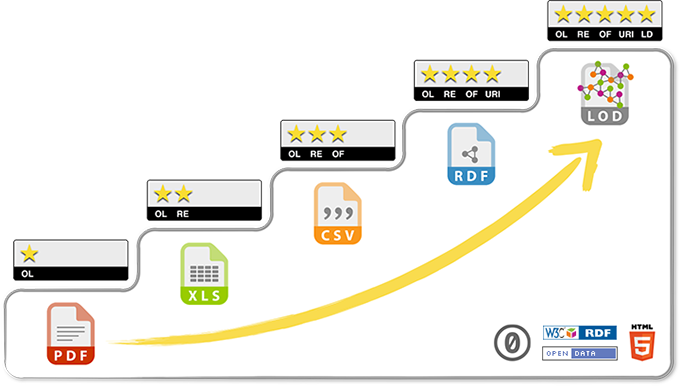Thanks to @jeffgrann for the heads-up!
Clearly, people have been waiting for this. We’ll have to wait for the concrete results (not all IMS Global activities make as big of a splash as the others). But it’s very interesting. And needed. For instance, Quebec uses a competencies model all the way to higher education (its Cégeps are post-secondary institutions for vocational training and pre-university education). Thing is, they lack consistent frameworks. CASE won’t make these magically appear, but at least it gives them room for impact.
